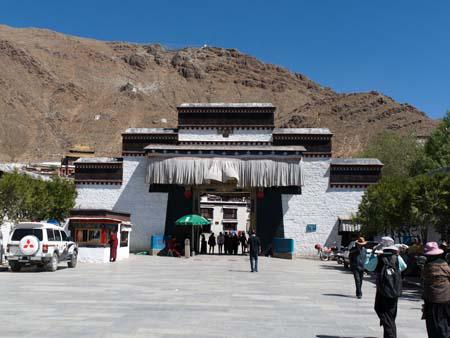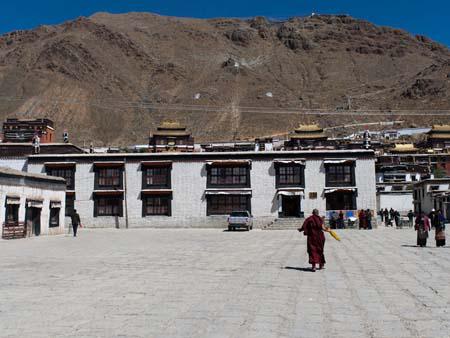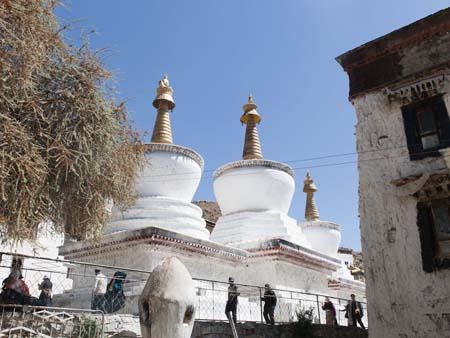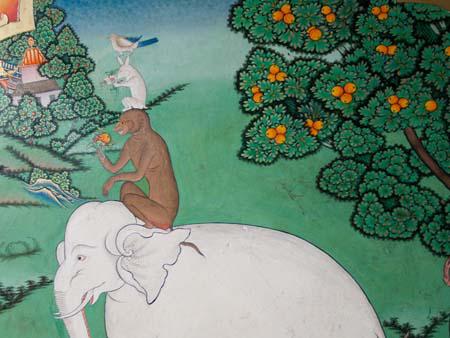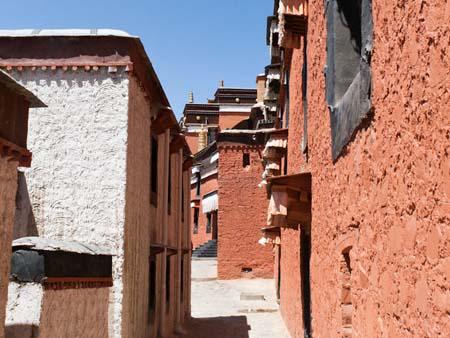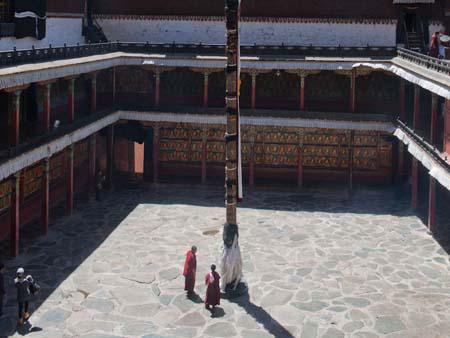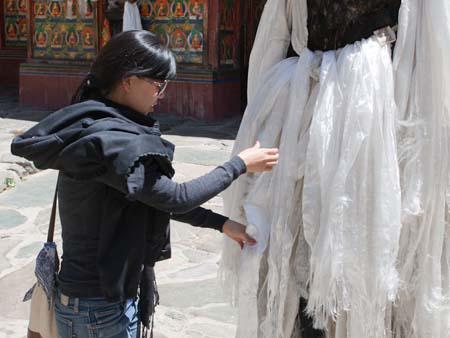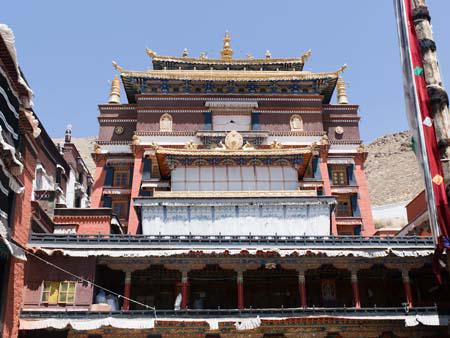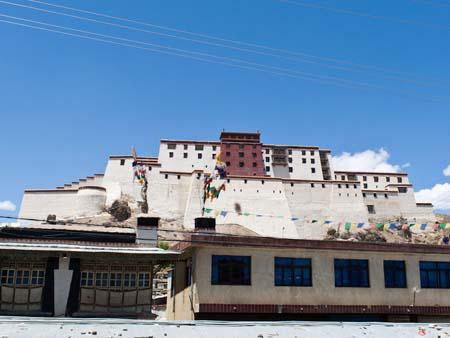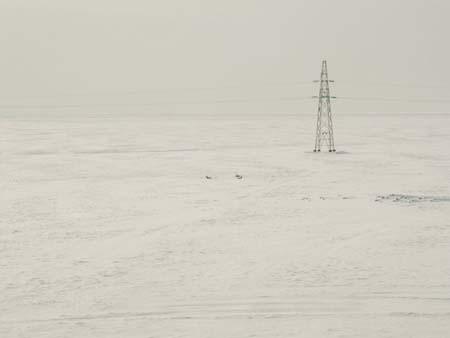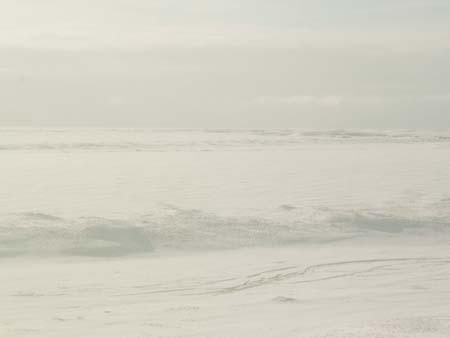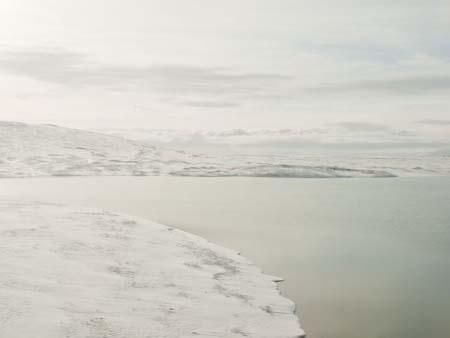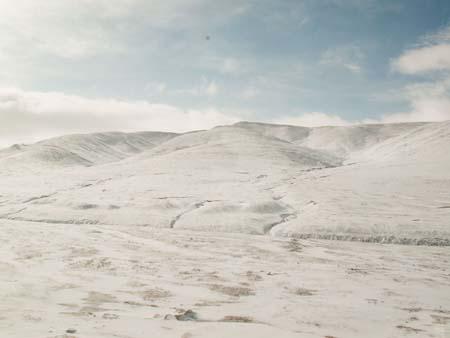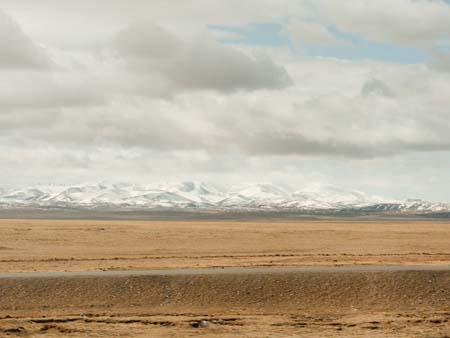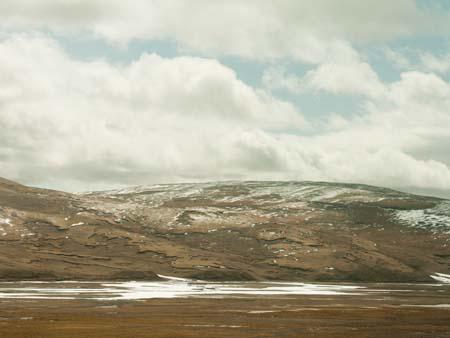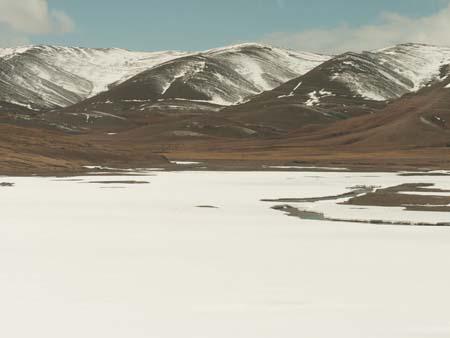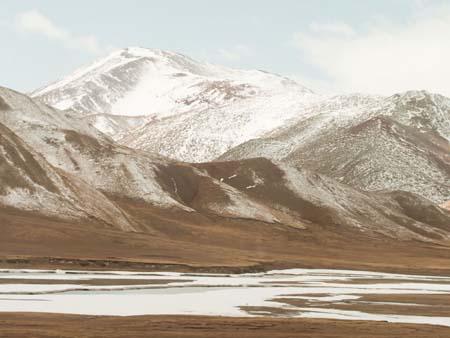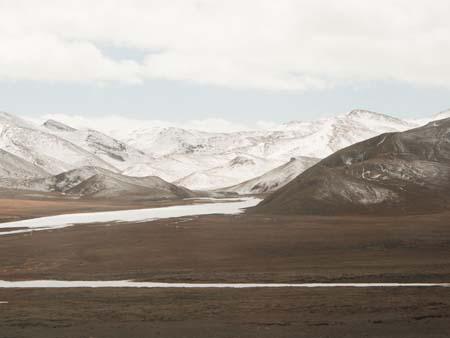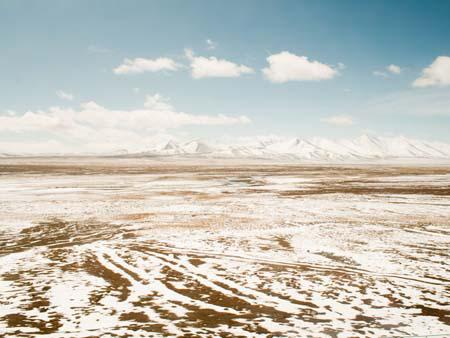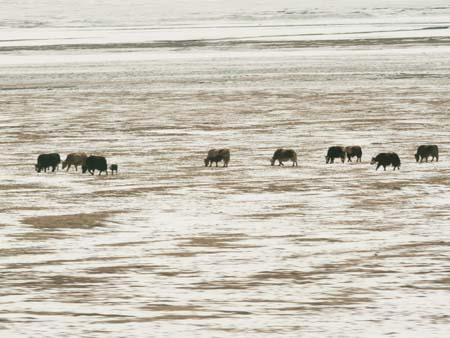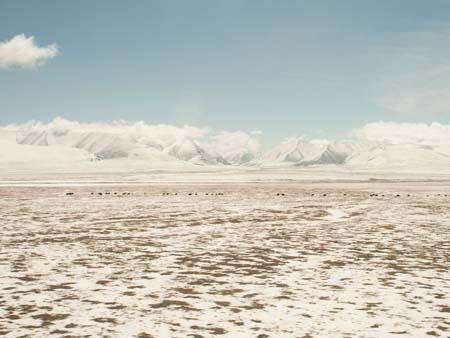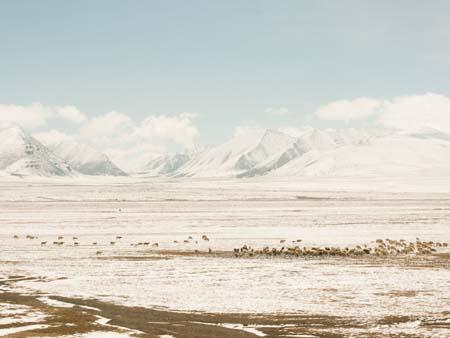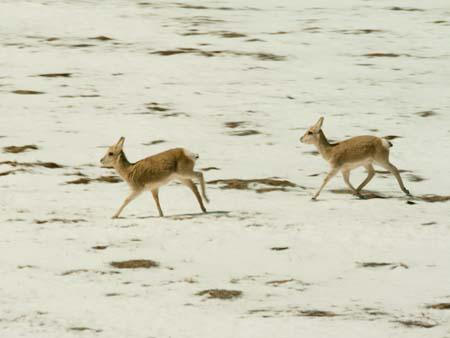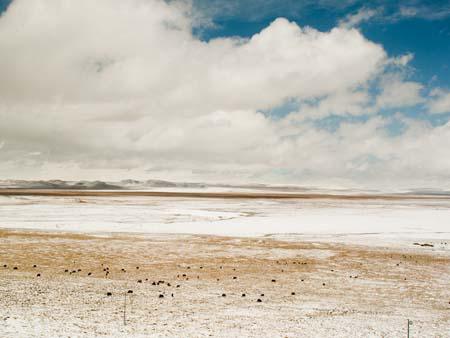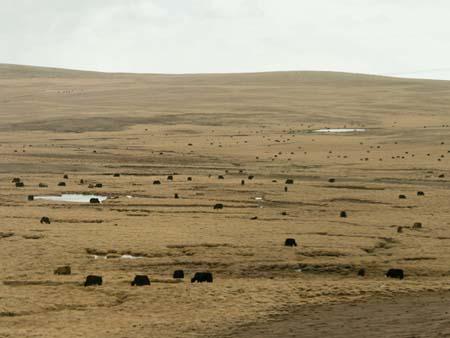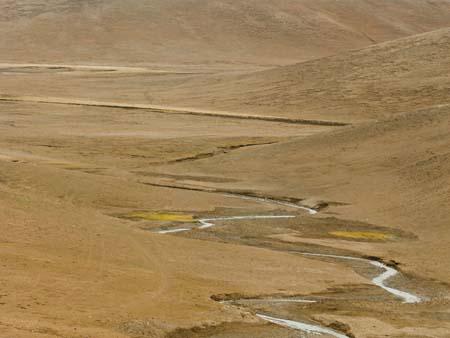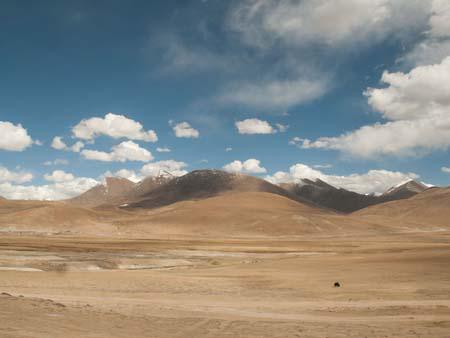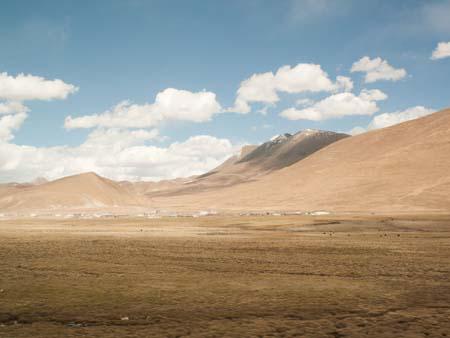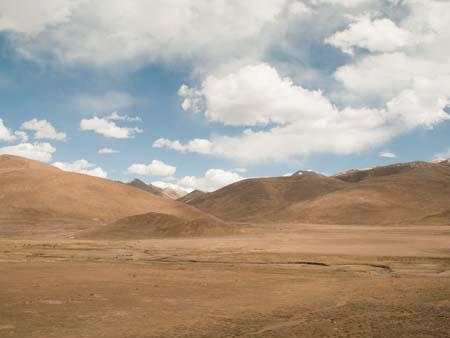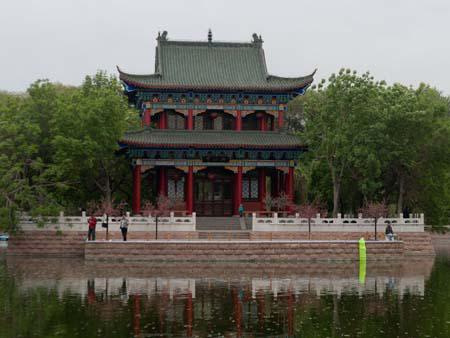On the fourth day, now acclimatised to the high altitude, we left Lhasa and headed towards the Nepal border. The day’s sights would include Yamdrok-tso lake, two mountain passes, Kamba-la pass and Karo-la pass, and the day-end destination town of Gyantse.
thydzikgooglemap(http://sonyaandtravis.com/maps/lhasa-tibet-to-gyantse-tibet.xml)
Yamdrok-tso lake
Yamdrok-tso lake is interspersed between the mountains and we seemed to be following it for the majority of our journey from Lhasa to Gyantse. The beautiful scenery was a nice change from the three-days of monasteries and Buddha statues.
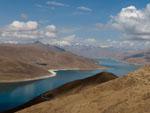
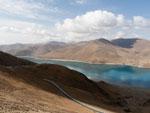
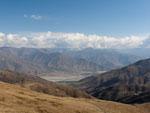
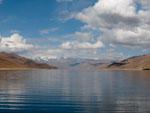
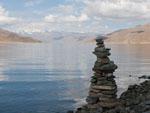
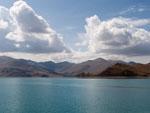
Mountain passes
A pass is a track or road over a mountain used to get to the other side, the tip or highest point of the track is known as the pass. We had already experiences a few ‘minor’ passes in Kyrgyzstan and the ‘major’ Tanggu La Pass at 5072 metres on the train to Lhasa. Passes are fun, they provide amazing views, and may even break your personal-best highest elevation. In Tibet the passes are marked by prayer flags, locals selling knick-knacks and sometimes an elevation marker or small chorten. The passes we went through were Kamba-la pass at 4700 metre, Karo-la pass at 4960 metres and Simu-la pass at 4280 metres. They were not snow covered, which was a surprise as this had been the case for the lower elevated passes in Kyrgyzstan.
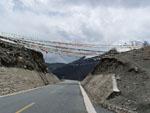
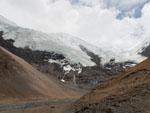

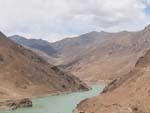


Gyantse
Gyantse monastery – very similar to the many previous monasteries we had visited, for an unusually small fee we were permitted to take photos, below are photos the Buddha books (books with literature of all things relating to Buddhism, the usual Buddha statues and protector statues.
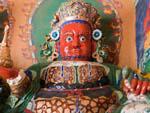
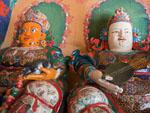
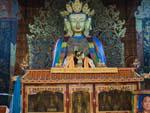
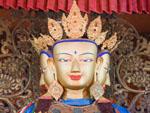
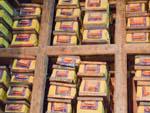
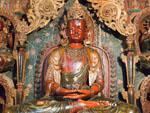
Gyantse Kumbum (100,000 Buddha images) – a large chorten (or stupa), which is usually a large circular shaped building that tapers up, the architecture has specific Buddhist meaning, as well as the structure in general. What made the Kumbum so unique was as its named suggested, the hundreds of Buddha images found in the many small rooms circulating the chorten. Each room was filled with beautiful Buddhist murals and a statue of a Buddha or a protector. After about the first two floors, having entered all the rooms so far and made an effort to study the murals, we started to skip a few as it was starting to take a little while and the themes were very similar. At the top we had a view of the courtyard where our guide was patiently sitting, now we understood why he elected to wait for us, as explaining all the murals and statues would have been tiresome.
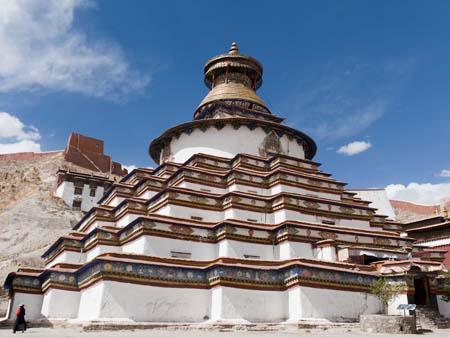
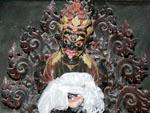
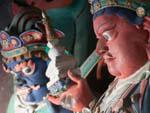
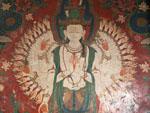
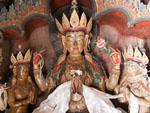
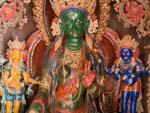
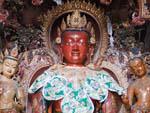
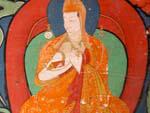
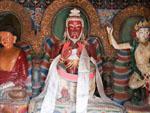
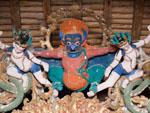
Gyantse Dzong – the Gyantse skyline included the Gyantse Dzong, a fort-like structure sitting on the city’s overshadowing mountains, unfortunately, it didn’t seem open to tourists.
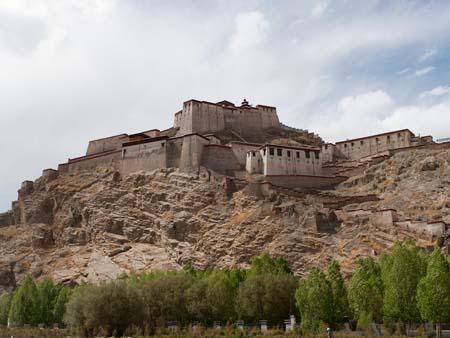
thydzikgooglemap(http://sonyaandtravis.com/maps/gyantse-tibet.xml,s)



































































































